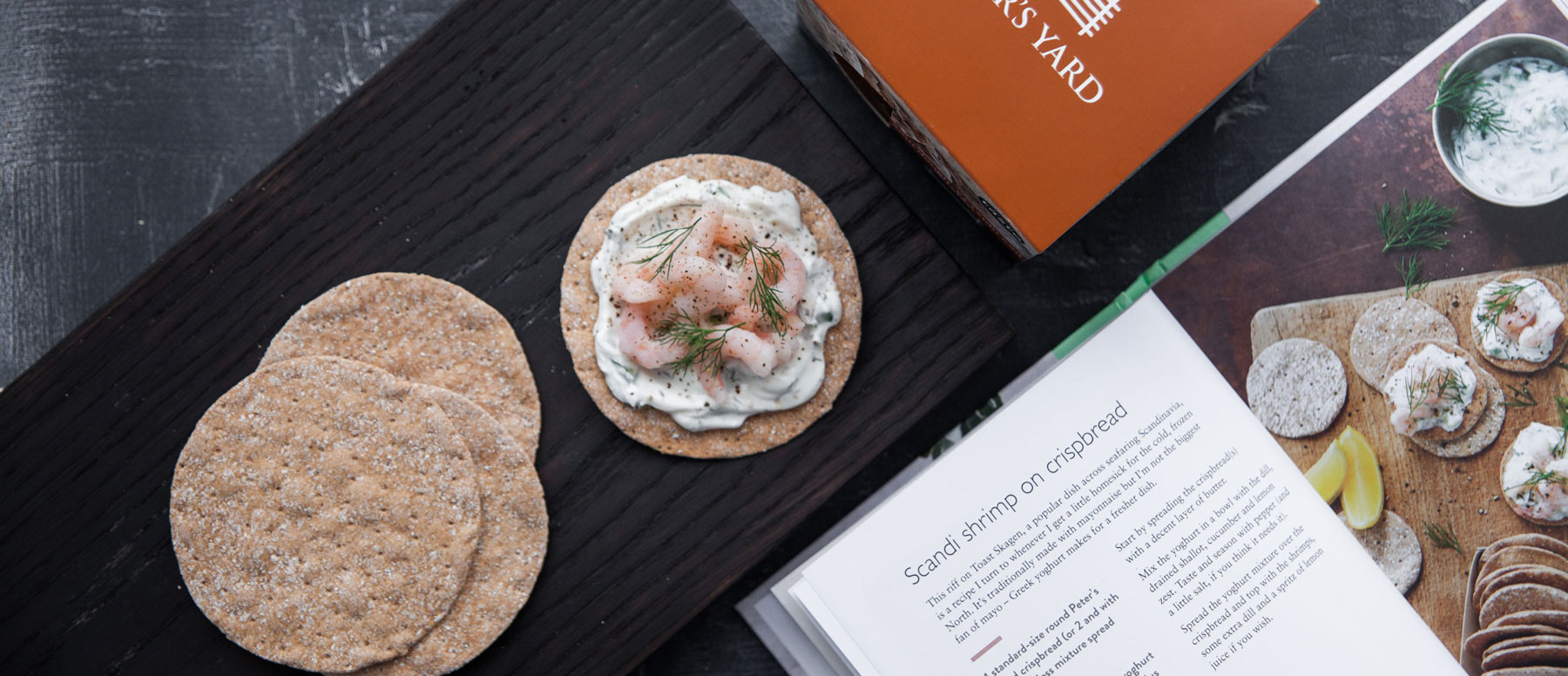We caught up with our friend, food writer Signe Johansen, about her new book ‘Solo: The Joy of Cooking for One’.
1. What inspired you to write Solo?
I’ve always loved cooking for myself, in fact as I was writing this book I wished I had written it a decade ago – it would have saved me a few mishaps over the years! The topic felt timely – with so much uncertainty in the world we’re always looking for better ways to really take care of ourselves. Often solo eaters and cooks get forgotten in the great rush of cookbooks that are released every year so I thought why not write something for readers like me? (selfish, I know!) Plus I’ve been fortunate to have a supportive publisher who is 100% behind this project which definitely helps – sometimes you encounter resistance to book projects from editors or sales teams, luckily Bluebird understood the logic of this book from the beginning and didn’t view it as a book for ‘saddos’, but rather a subject to celebrate.
2. Cooking alone is often seen as a chore but you seem to relish the freedom it gives you. Can you tell us a bit more about that?
That’s right, I find cooking solo to be an immensely liberating experience – as much as I love getting friends round for a bite to eat, sometimes it can feel like a lot of work, and much more of a performance. As an only child and introvert I’m really content in my own company – spending time in the kitchen rustling up a meal just for myself is both relaxing and fun. I don’t have to accommodate anyone else’s dietary requirements, and there’s no need to impress anyone. How freeing is that?
3. Talk us through the type of recipes we’ll find in the book. Do you have a favourite?
Chapters are divided into quick and light bites such as classic Scandi shrimp on Peter’s Yard crispbread, to easy weeknight suppers like linguine vongole and late-night miso ramen. One-pan wonders features Friday night faves such as mussels, fennel and wine, Cuban-inspired rice and beans, and I’ve included a few make-ahead recipes in a chapter that includes soda bread, spiced dal (a great one for freezing in batches) while the salads, mezze and tapas chapter really comes into its own in spring and summer: think burrata, juice peaches and prosciutto, garlic prawns and mezze like baba ghanoush and tabbouleh. Easy and fuss-free.
I’ve added a simple pleasures chapter with an admittedly idiosyncratic mix of dishes I cook at any time of the day when comfort and relief is required: British asparagus, pancetta and parmesan, lemon courgette and ricotta fritters, scallops and sherry all feel like affordable luxuries for the solo cook. There are lazy weekend recipes to linger over: brunch pancakes, french toast, quesadilla, and finally a chapter of sweet treats: cookies, muffins and simple desserts. This chapter has met with some resistance from a few readers who feel that baking a batch of muffins isn’t practical for the solo cook but I argued for its inclusion on the basis that just because you might be solo in the kitchen doesn’t mean you aren’t going to share the fruits of your labour with friends or colleagues at work. Baking for one in small quantities is daft, so I decided to risk the pushback from a few grumpy readers. You can’t please everyone.
Favourites? That’s like asking who is my favourite child. I love them equally.
4. You write about the beautifully styled, effortlessly convivial scenes we see on social media and we love how you say ‘it’s perfectly acceptable to eat spaghetti straight from the pan’! Is Solo in some ways a reaction against this perfect image of food?
Instagram is rife with images of perfection, and there does seem to be a backlash against that glossy, idealised world now. It’s regarded as quite fake and people relish seeing something a little messy, a little chaotic even. As a solo diner and cook you can break the rules, be less image-conscious and really go for it. Who cares what the food looks like or if you’ve included the latest trendy ingredient?
5. You come from a food loving family with a diverse background. How has that shaped your food philosophy and style of cooking?
Diverse is the right word – I was born in Munich, Germany, grew up in Norway and spent my teenage summers in New Hampshire, before coming to the UK to study at university here. My family tree is all over the shop – we have Norse antecedents obviously, but also Jewish, Lithuanian, Scottish, Irish (both Northern and Republic), English, German and Sami. There’s more I’m sure, but that’s the more recent lineage. Although I’m proud of my Scandinavian heritage, I’m actually relieved to be able to write books now using ingredients from all over the globe – it’s so much more fun, and less precious I find. I mean, the idea of not using too many lemons, basil or garlic in my cooking because they’re not ‘native’ to Scandinavia is so ridiculous.
Food is about trade, migration and diaspora – once you go down the road of only exploring one region it can feel restrictive, and I like the creative challenge of playing around with miso, kimchi, harissa paste and preserved lemons (to name a few examples. My kitchen cupboard is heaving with ingredients!) – there’s only so much you can say about cinnamon buns and gravlaks so I’m really content at the moment researching food in a global context, rather than merely from a Scandinavian perspective.
6. Finally, what’s your top tip for solo cooks?
If you’re not a creative cook from experience then practice makes a real difference. Even if it’s just 3 basic recipes – doing them a few times until they’re to your taste gives you the confidence to tackle other dishes. Otherwise I firmly believe there is no shame in taking short cuts now and then, and make sure you sit down and eat a meal rather than always rushing around. Savouring your food is as important to a solo cook and eater as it is to a family, or when you’re cooking for a crowd. Also, be wise about planning and organising your fridge, freezer and kitchen cupboard. Good cooks always keep a few staples handy for quick meals – we don’t go out and buy new ingredients every day!
For a version of Signe’s recipe for Scandi shrimp on our crispbread, take a look at her Skagen. Or why not try her gravlaks?

